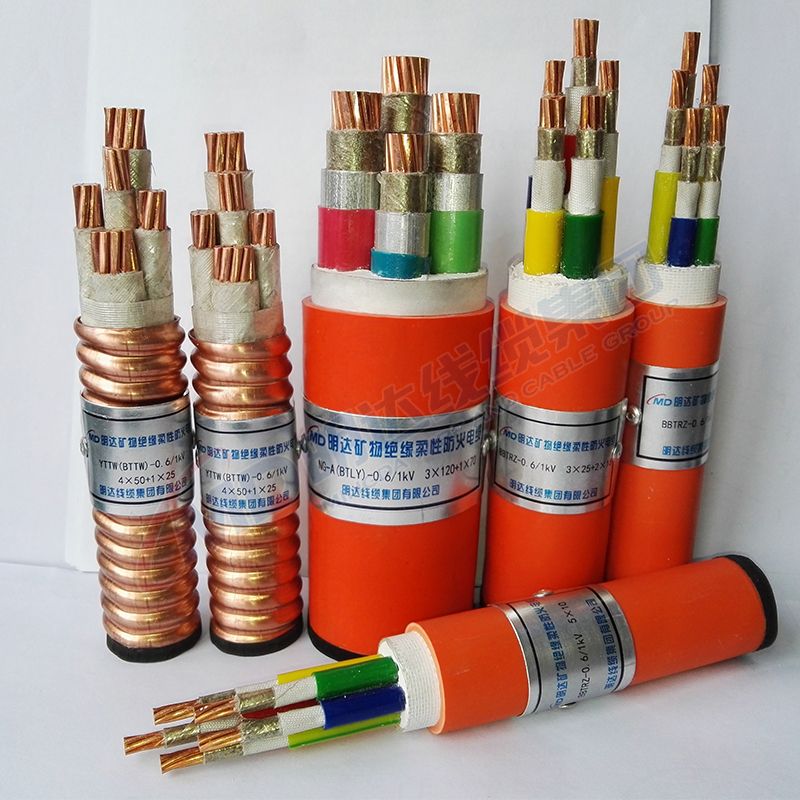Sep . 10, 2024 12:25 Back to list
rubber expansion joint flange type
Understanding Rubber Expansion Joint Flange Types
Rubber expansion joints are essential components in many piping systems, serving to absorb vibrations, accommodate movement, and mitigate noise. Among the various types of rubber expansion joints available, flange types are particularly notable for their versatility and effectiveness in providing reliable connections within industrial and commercial applications.
Flanged rubber expansion joints typically feature flanges on both ends, which are used for bolting the joint to piping systems. This design allows for easy installation and replacement while maintaining a secure seal. The flexibility of rubber expansion joints enables them to absorb thermal expansion and contraction, pressure fluctuations, and shifts in the piping system due to ground movement or equipment operation. This is particularly important in environments where temperature changes are frequent or where machinery generates significant vibrations.
One of the most significant advantages of rubber expansion joints with flanges is their ability to handle misalignment. In piping systems, misalignment can occur due to settling, thermal expansion, and other factors. Flanged rubber expansion joints can accommodate this misalignment without compromising the integrity of the system. This reduces the risk of stress concentrations on pipes and fittings, ultimately extending the life of the entire system.
rubber expansion joint flange type

Material selection is crucial for the performance of rubber expansion joints. Commonly used materials include natural rubber, neoprene, EPDM, and silicone, each offering unique properties suited for specific applications. For instance, EPDM is often chosen for its excellent resistance to weathering, ozone, and aging, making it ideal for outdoor installations or systems exposed to harsh environments.
When selecting a rubber expansion joint flange type, it is essential to consider several factors, such as operating temperature, pressure ratings, and the type of fluid being transported
. A properly specified rubber expansion joint can significantly reduce the risk of leaks and system failures, enhancing the overall reliability and safety of piping systems.Installation and maintenance of rubber expansion joints are relatively straightforward. However, it is essential to follow the manufacturer's guidelines to ensure the joint's longevity and effectiveness. Regular inspection and maintenance, including checking for signs of wear and tear, ensure that the joint continues to perform optimally over time.
In summary, rubber expansion joint flange types are a vital part of efficient and safe piping systems in various industries, including water treatment, chemicals, and manufacturing. Their ability to absorb vibrations, accommodate misalignment, and withstand environmental stressors makes them indispensable for maintaining the integrity of industrial piping systems. By understanding their benefits and proper care, engineers and operators can ensure the longevity and reliability of their installations.
Share
-
Reliable Wafer Type Butterfly Valves for Every IndustryNewsJul.25,2025
-
Reliable Flow Control Begins with the Right Ball Check ValveNewsJul.25,2025
-
Precision Flow Control Starts with Quality ValvesNewsJul.25,2025
-
Industrial Flow Control ReliabilityNewsJul.25,2025
-
Engineered for Efficiency Gate Valves That Power Industrial PerformanceNewsJul.25,2025
-
Empowering Infrastructure Through Quality ManufacturingNewsJul.25,2025